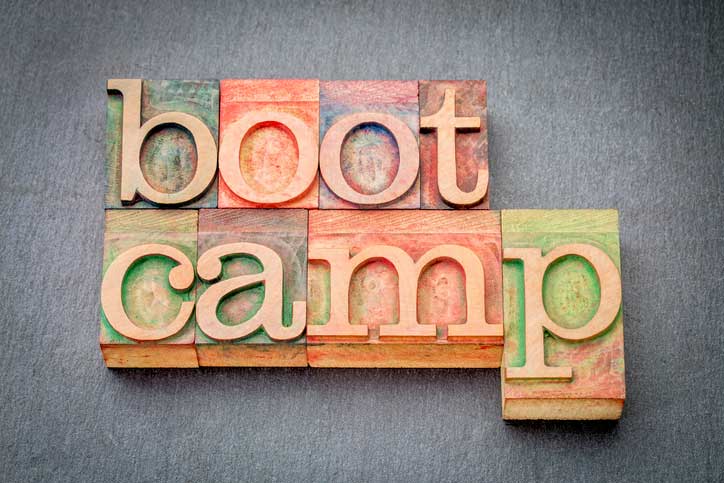By definition, blended gifts are usually a combination of assets donated up front, along with a deferred gift of some type.
Those assets can include cash, a grant from a Donor Advised Fund, securities, IRAs, life insurance etc. And the planned giving vehicle can range from simple bequest to a complicated life income instrument.
Blended gifts are growing in popularity. Development pros are beginning to understand how a blended gift can fulfill a donor’s aspirational giving, allowing them to make a much larger gift than they had imagined possible.
Segmentation Without Nuance is a Mistake
Too often, we tend to segment donors into categories: major donor, planned gift donor/prospect, annual fund donor. That pigeon-holing does donors—and an organization—no good. By doing so, we fail to recognize the donor’s true capacity and limit ourselves to transactional donations.
Successfully closing a blended gift takes time and skill. It’s an intentional process of knowing your donor more deeply, sharpening your listening skills and emotional IQ, and understanding the nexus between your organization’s needs and the donor’s passions.
Blended Gifts Take Time
Closing a blended gift doesn’t just happen overnight. Because such gifts are complicated, they often require the involvement of several development officers, say the officer who is managing the donor in his/her portfolio, the capital campaign director, possibly the campaign consultant or financial advisor, program personnel, and a senior executive and/or board member. At universities and colleges, it can be more complex, involving faculty members, deans, and possibly even the president.
“But we need the money NOW.” This refrain is common among executive directors, CFOs, board members, and others in leadership. This is the primary objection you and your team must counter to make certain blended gifts are in your campaign arsenal. Part of your job is to convince management to count deferred gifts toward your campaign goal.
Donors are More Cautious — Blended Gifts Are the Answer
The current economic climate has resulted in more cautious giving. Donors are taking their time making a large outright gift, which is why using blended gifts during a campaign can be a successful strategy. Just make sure everyone is on the same page about accepting such gifts, as well as counting planned gift commitments towards the campaign’s goal. Typically, between 30%-50% of campaign commitments come from planned gifts.
Whether you’re mid-campaign and beginning to stall, or if you’re in the campaign planning stage, including blended gifts can be key to a campaign’s success.
[Download sample conversation starters here.]











